IZIP is one of the older electric bike companies operating in the United States, they’ve been a leader in the mid-level product space for several years and are now owned by the Accell Group which has Raleigh Electric and Haibike as well. It’s a company with good customer support, a solid network of dealers (mostly independent electric bike shops) and a whole range of products. The IZIP E3 Peak DS is at the top end of the spectrum with high-performance components from SRAM and light weight air suspension from RockShox. With 120 mm of travel, and 27.5″ x 2.2″ tires, this is more of a cross country style electric mountain bike. It’s very sturdy and serviceable thanks to 15 mm and 12 mm thru-axles with quick release and an oversized tapered head tube. And since it’s running a 1×11 drivetrain, shifting between gears is smoother (shorter jumps than 8 or 10) but you still get comfortable cadence options for climbing and riding fast. The top assisted speed is 20 mph and it’s easy to hit with the Bosch CX high torque motor. This motor offers software driven shift sensing as well, so the chain, sprockets and derailleur won’t take a beating. Further bolstering the drivetrain is an elevated chain pulley with surrounding guide and a narrow-wide tooth pattern on both the pulley cog and chainring sprocket. This system elevates the chain, reduces chain slap, eliminates kickback and chain slip. Hardware wise, I was very impressed with the new Peak DS and stunned by the price drop of $300 over prior-year model considering the upgraded motor and battery from Bosch vs. TranzX before. The older motor system just wasn’t as responsive or smart as this… still good, but not great.
The Bosch Performance Line CX motor offers 350 watts of nominal output but peaks above 550 and produces a maximum of 75 Newton meters of torque. That’s a lot, it’s exactly what you want for mountain biking and is capable of steep climbs. The motor weight is positioned low and center, mounted to an integrated plate that seamlessly connects it to the seat tube and downtube. More and more, I hear from shops that are specializing in Bosch powered ebikes because they are so reliable… but if it did fail, the motor can be replaced all at once, a new one bolted in place where the old one was. Thes motors aren’t silent but the high pitched whirring noise is mostly eclipsed by the knobby tires on pavement or hard packed Earth. instead of spinning a traditionally sized chainring (or chainrings) the sprocket is smaller (18 tooth) and spins roughly twice for every pedal rotation. This empowers the motor with a mechanical advantage and allows the chain to start and stop very quickly. It does not however, elevate the chain as a normal sprocket would and thus, the chain pully system is extra important. The motor controller measures rear wheel speed, pedal cadence and pedal torque 1,000 times per second and that makes it perfect for navigating unstable terrain where starting and stopping is critical.
Just like the motor, the battery is mounted low and center along the downtube of the frame. It’s actually inset slightly and blends in with the dark gray paint. With the Bosch Powerpack 400 and 500, you get convenience and access to the battery with quick removability but it’s not as hidden as the Brose batteries and some others from Easy Motion and other companies. You can charge the battery on or off the bike and it only weighs ~5.5 lbs so carrying it around by the plastic loop handle feels secure. The only consideration is with mounting and dismounting the pack because it’s sort of wedged below the top tube and rear suspension shock. The pack pops upwards and could collide with these other sections of the bike and get scratched… not a huge issue, but there definitely isn’t room for a bottle cage in there and the top tube might have been raised more than otherwise necessary to accommodate this battery design. Note also that the latest Bosch powerpack 500 is compatible with the interface here. What you get is the older more standard Bosch Powerpack 400 with roughly 396 watt hours of capacity. It’s a solid pack with excellent range, an integrated LED charge level indicator on the side and a solid locking core with metal slat to keep secure. One final compliment here goes to IZIP for their large rubber plug design that fits in to keep dust and water out of the charging port area on the left side of the downtube below the battery pack. It felt solid but wasn’t difficult to remove and would be easy to use with gloves on. So many other charge port covers are small, difficult to press in, prone to coming loose and just plain frustrating. The only catch here is that the plug doesn’t have any sort of connection to the frame and could get left behind if you set it down while charging.
Operation of the electronic systems on this bike feels professional and natural. Once the battery is charged and mounted, just press the power button on the lower left of the Bosch Intuvia display panel. From there, the screen flickers to life showing speed, a battery icon and an assist level chart with a little power graph next to it. This power graph jumps up and down as you pedal and helps to demonstrate how much energy the motor is using to give you support. I tend to ride in the second level of assist with quick jumps up to the highest level for climbing. Range can vary between 30 and 60 miles per charge which is very impressive for a mountain bike with knobby tires. The motor naturally works with you and requires pedaling to activate… but doesn’t quite as you pedal faster and faster. Some competing products seem to offer a limited RPM while Bosch is much wider. As a rider with hurt knees, I love being able to quickly reach over with my left thumb to arrow up or down on the button pad then immediately feel a boost of energy even while spinning quickly. I tend to go for cardio spinning vs. lumbering hard pushes due to my sensitivity and Bosch feels the best to me for this style. While the display is removable, it isn’t as small as some of the other options out there and might get scratched or broken off if you take a hard fall. For this reason, I sometimes take the display completely off before bombing a big descent. In addition to a soft backlight glow and the option to integrate LED lights with help from your dealer, the Intuvia display panel has a little Micro USB port on
the right side for charging a portable electronic device.
The experience I had with the IZIP E3 Peak DS was great, a big step up from the 2015 and 2016 models and on par with Haibike and other brands that also use Bosch. The biggest downside was style… the design and color scheme just didn’t excite me the way that some other models have and it seems like the white front fork didn’t match the gray and green frame. This is especially true when comparing to the 2015 model with red and black integrated throughout. When riding… I’d never notice and maybe a coat of trail dust would completely eliminate this vanity consideration. For the price, though it may sound high to someone new to the ebike space, I feel like you get a solid product here, very solid. And being able to choose from two frame sizes means you’ll get a bike that fits you and rides better. The dealer network cannot be overstated but given the reputation for reliability that Bosch has built in Europe and the USA it’s possible that you could buy this once from an ebike shop then have it serviced at any normal bicycle outlet. The wheels and shifting mechanisms are all standard bicycle hardware that won’t intimidate or require additional training to service. Big thanks to IZIP for partnering with me on this review and letting me hang out at their headquarters for a few days to see the new stuff :)
Pros:
- Significant motor and battery upgrade from the 2015 model, you get Bosch vs. TranzX which delivers shift sensing, a nicer motor integration (with alloy skid plate) and larger removable display panel yet it costs $300 less!
- IZIP went above and beyond with their battery integration here, notice how the downtube is molded around the pack letting it inset and blend in at both the top and bottom
- Unique rear suspension isolates vertical travel and felt stiffer to me, should handle the higher speeds of an electric bike well and is optimized for cross country riding from what I could tell
- Awesome pedals, they’re large and stiff with great traction points (metal pins), way better than some of the prior-year cage style pedals in my opinion
- Smart chain guide system with elevated pulley wheel designed to eliminate kickback and phantom shifting as the rear swing arm travels up and down, it also keeps the chain from dropping with a full-surround guide piece and raises it to reduce chain slap
- The chain guide and chainring use narrow wide tooth patterns to prevent chain slip and rattling, the teeth on the cogs fit more snugly into the alternating chain links
- Great rubber slap guard on the rear right chainstay, many bikes aiming to be affordable use a clear plastic sticker but this one felt higher quality and is probably more important on a dual suspension setup
- Great choice of motor with the Bosch CX high-torque model, it offers 75 Nm of torque which is perfect for climbing and trail riding
- Given that the Bosch system only currently offers a single front chainring option, I like that IZIP put an 11 speed cogset on this bike vs. 10, it helps you hit and maintain the 20 mph top speed comfortably while still climbing efficiently at low speeds given the 51.2 lb curb weight of the bike
- Awesome hydraulic disc brakes with larger rotors (I found it strange that the front rotor is 200 mm vs. the more common 203 mm but perhaps it’s a SRAM thing vs. Shimano), the levers offer tool-free adjustable reach which is convenient
- The bike is available in two different sizes, this is great for tall and short riders alike… especially given the diamond high-step frame design used to boost strength and accommodate the rear suspension
- Sturdy thru-axle design for both the front and rear wheels, both offer quick release systems for easy trail maintenance or transport, overbuilt tapered head tube also adds stiffness for off-road riding strength
- I like the rubber plug design they’ve created for the battery charge port on the left side of the frame, it’s large and stays put but be careful not to set it down and ride off without it (there’s no leash system to keep it with the bike)
- Great internal routing on the shifter cables and braking mechanisms, the frame looks clean and won’t snag or bend as easily in rugged conditions
- The Bosch battery charger is great, not only is it relatively light weight and compact but it puts out 4 Amps vs. 2 Amps on most other chargers so you can fill your bike faster
- I love that both the battery pack and display can be locked to the frame but are also easily removable, this is convenient for moving the bike (to reduce weight) or if you need to park it outside and want to keep the sensitive bits nice
- The display panel has a built-in Micro USB charging port on the left side, this could be useful for charging a light or keeping your phone topped off if you use Strava or another GPS app
- Solid two-year warranty backed by larger companies (the Accell Group which owns IZIP and Bosch), there are also more dealers for this brand so you can maybe test ride it and get fitted locally
Cons:
- I don’t love the color scheme, the fork is bright white while the rest of the frame is dark gray with green accents, it just doesn’t look like it matches
- Bosch has a new 500 watt hour battery pack that would take you further but the Peak DS comes with the older 400 watt hour (still great) probably to keep the cost down… the good news is that the mounting interface is forward compatible so you could upgrade later if you wanted
- The battery pops “up” instead of sliding out to the sides and given the tight inner triangle of the frame here (especially with the rear suspension) it can be a little bit trickier to put on and off and I think it forces them to raise the top tube height which changes the stand over height of the bike
- While the battery is easier to access for removal and is more standardized for future replacement, it isn’t as hidden as some other designs like those from Brose and people might know your bike is electric as a result, for mountain biking sometimes it’s nice to blend in more if you can
Resources:
- Official Site: https://izipelectric.com/e3-peak-ds-emtb
- More Pictures: https://goo.gl/photos/HDrgfduXMZ16R6dx7


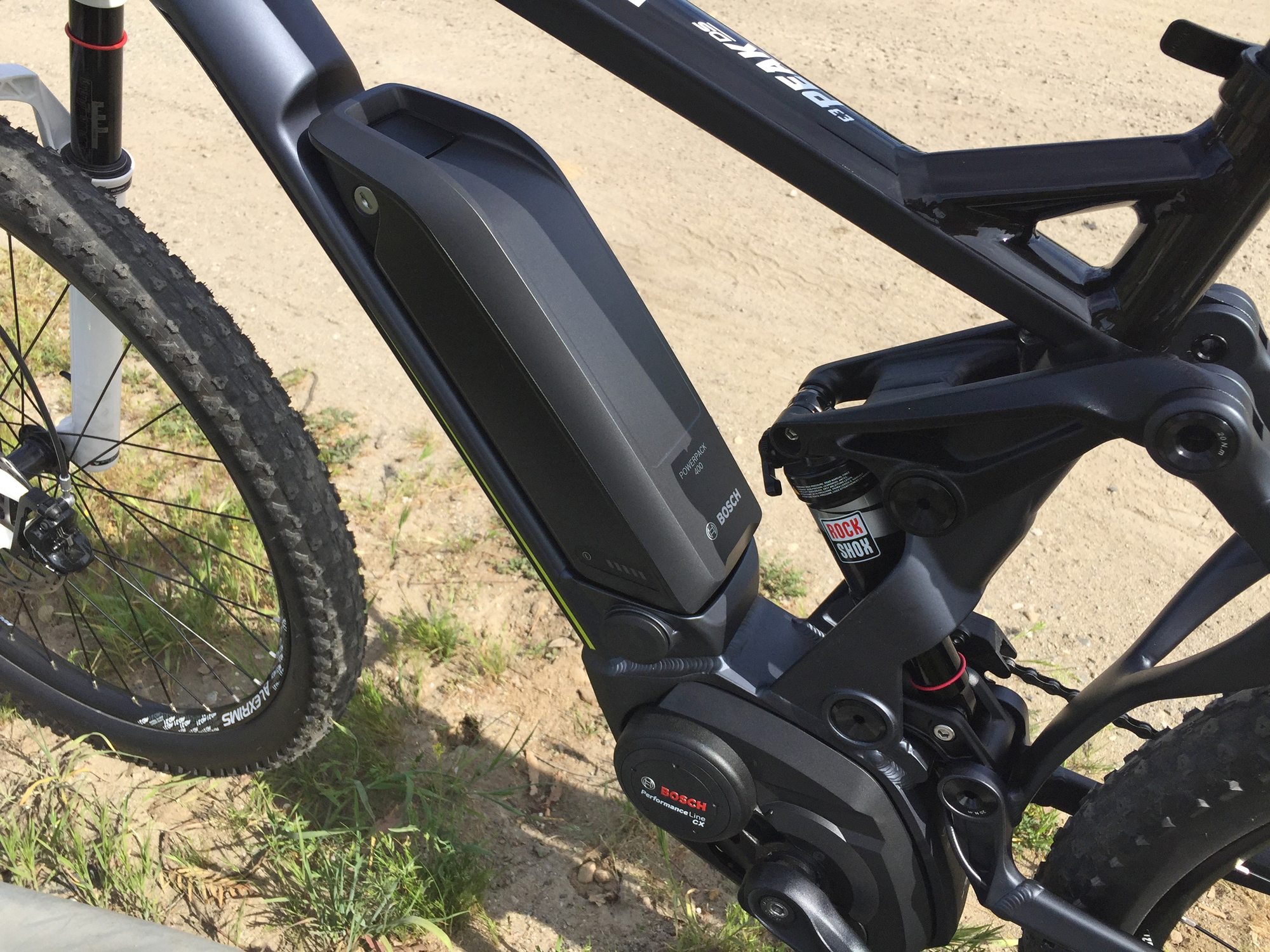
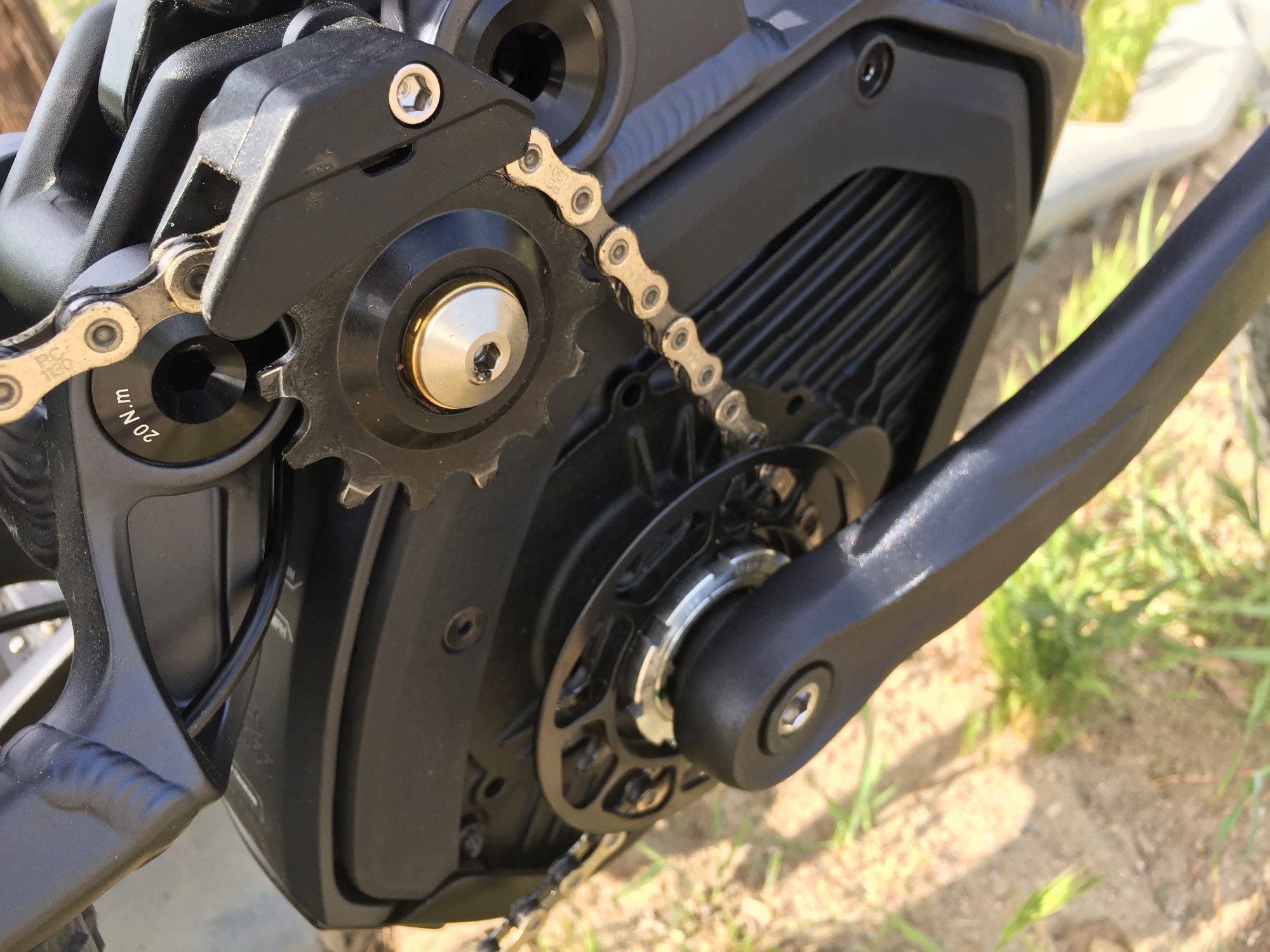


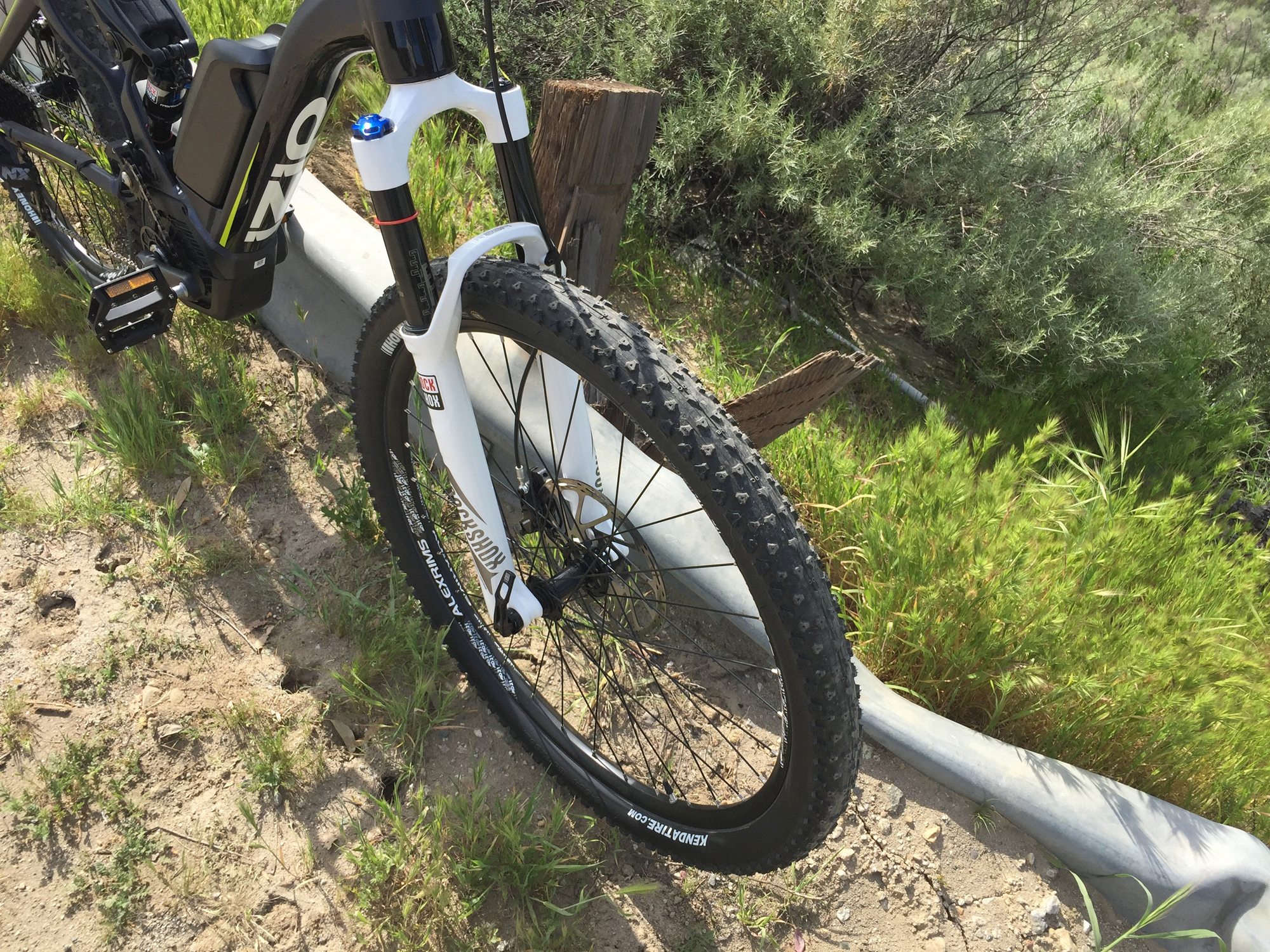

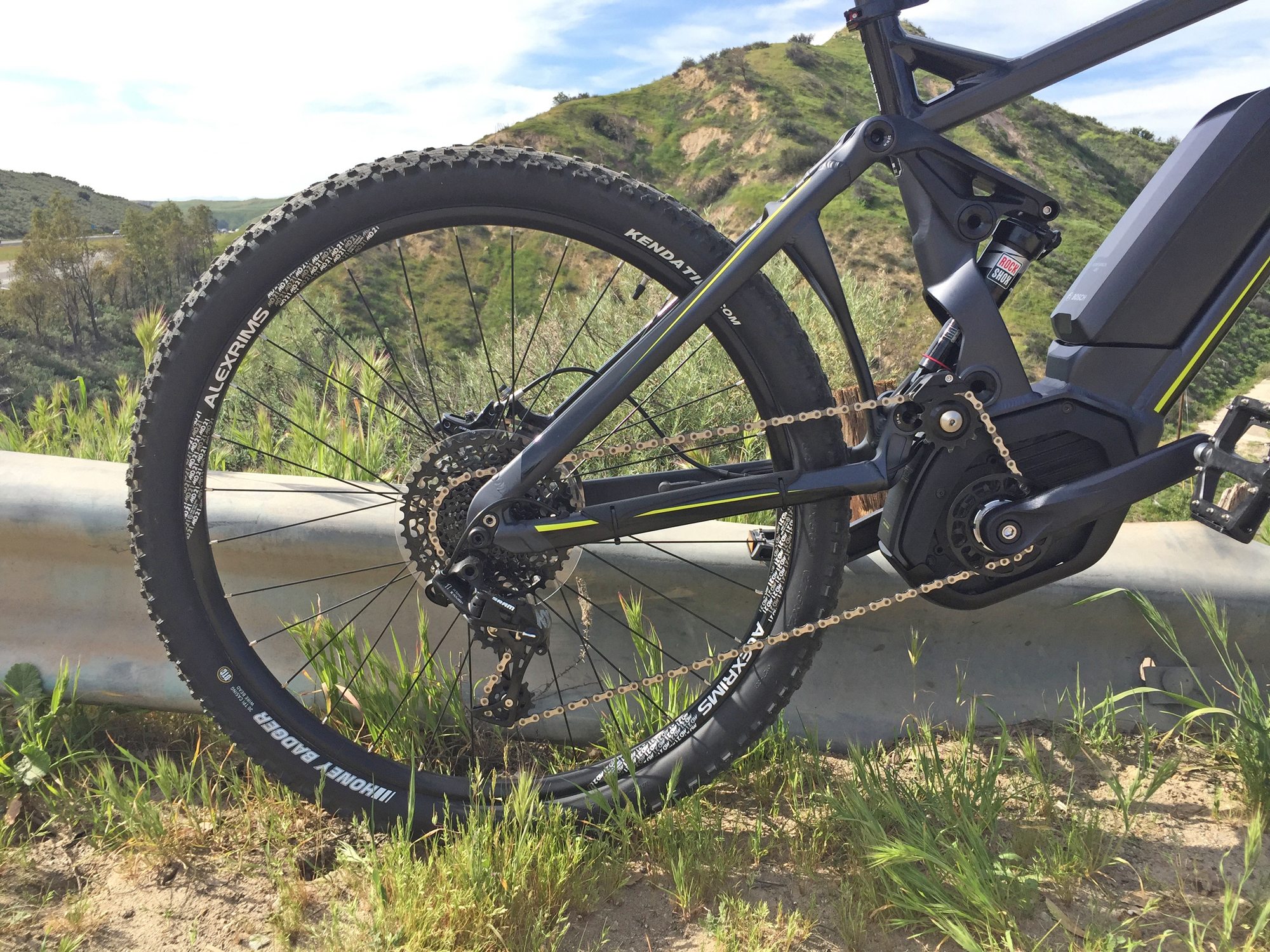
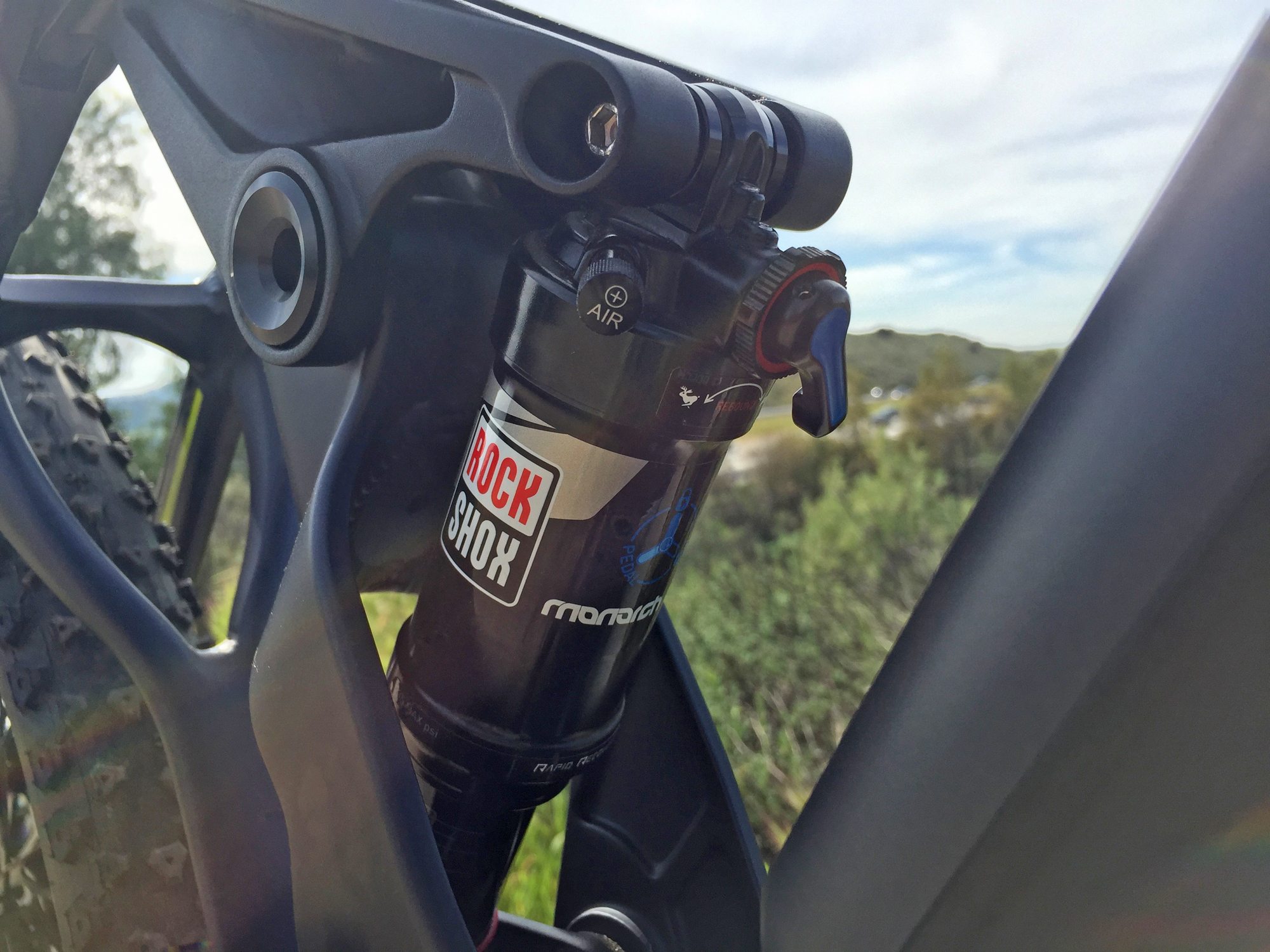
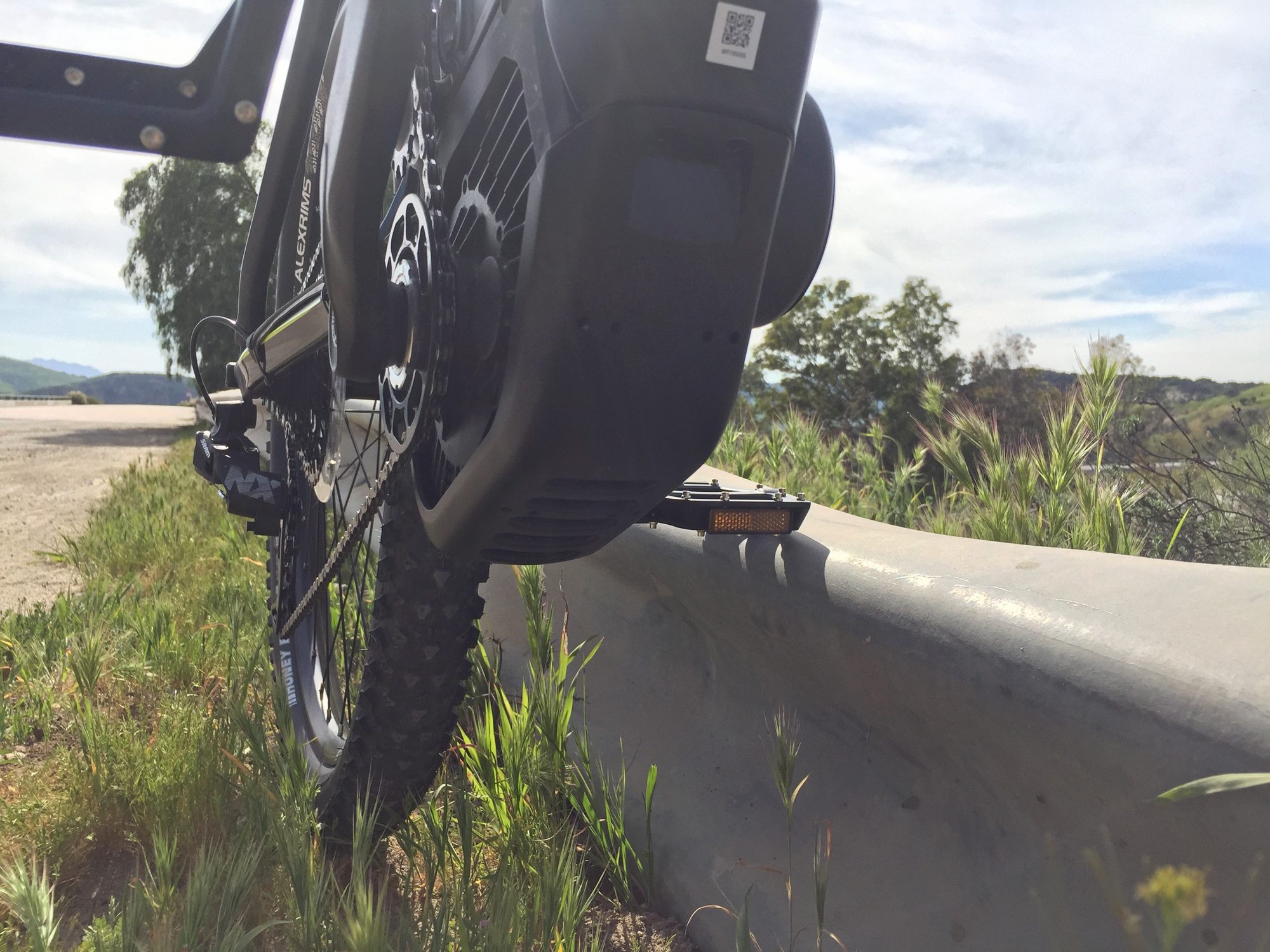

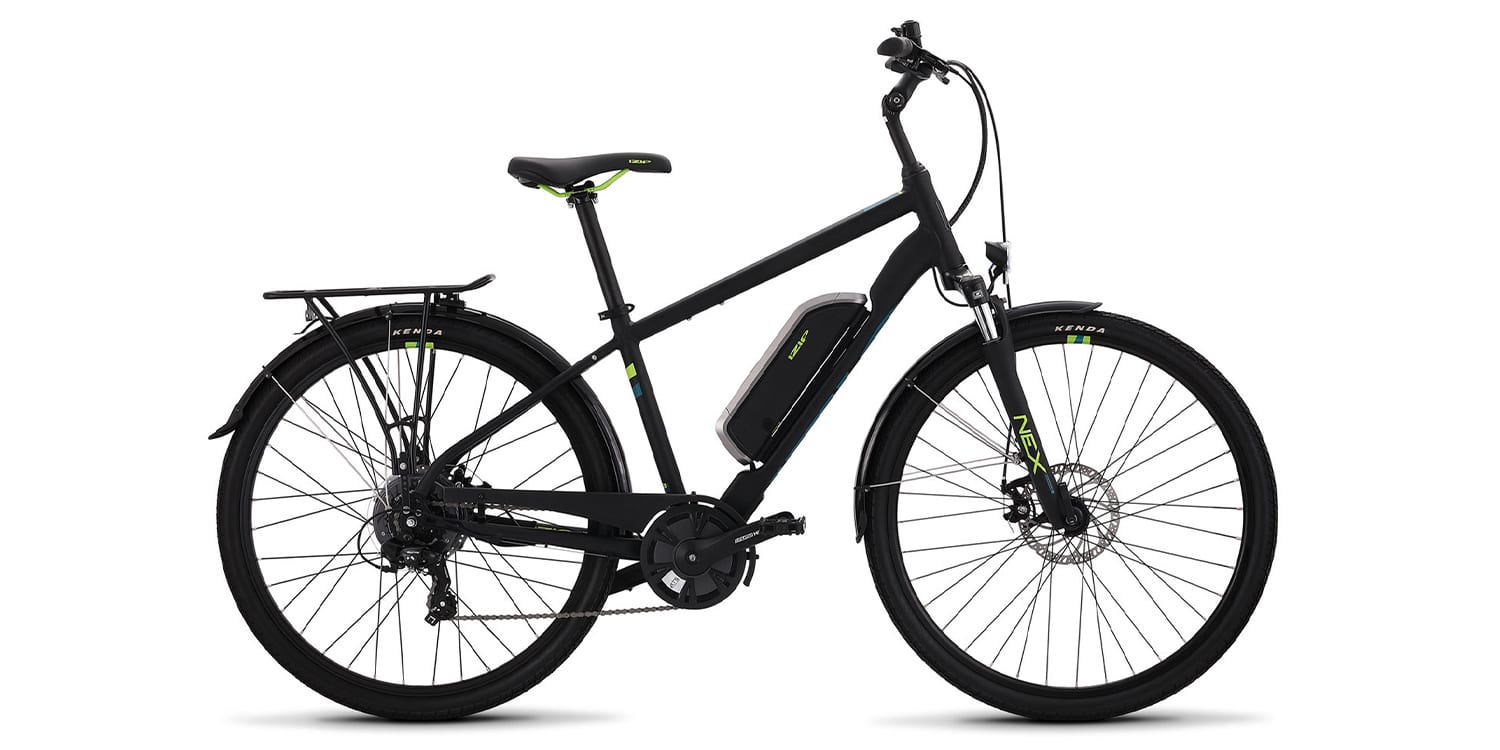
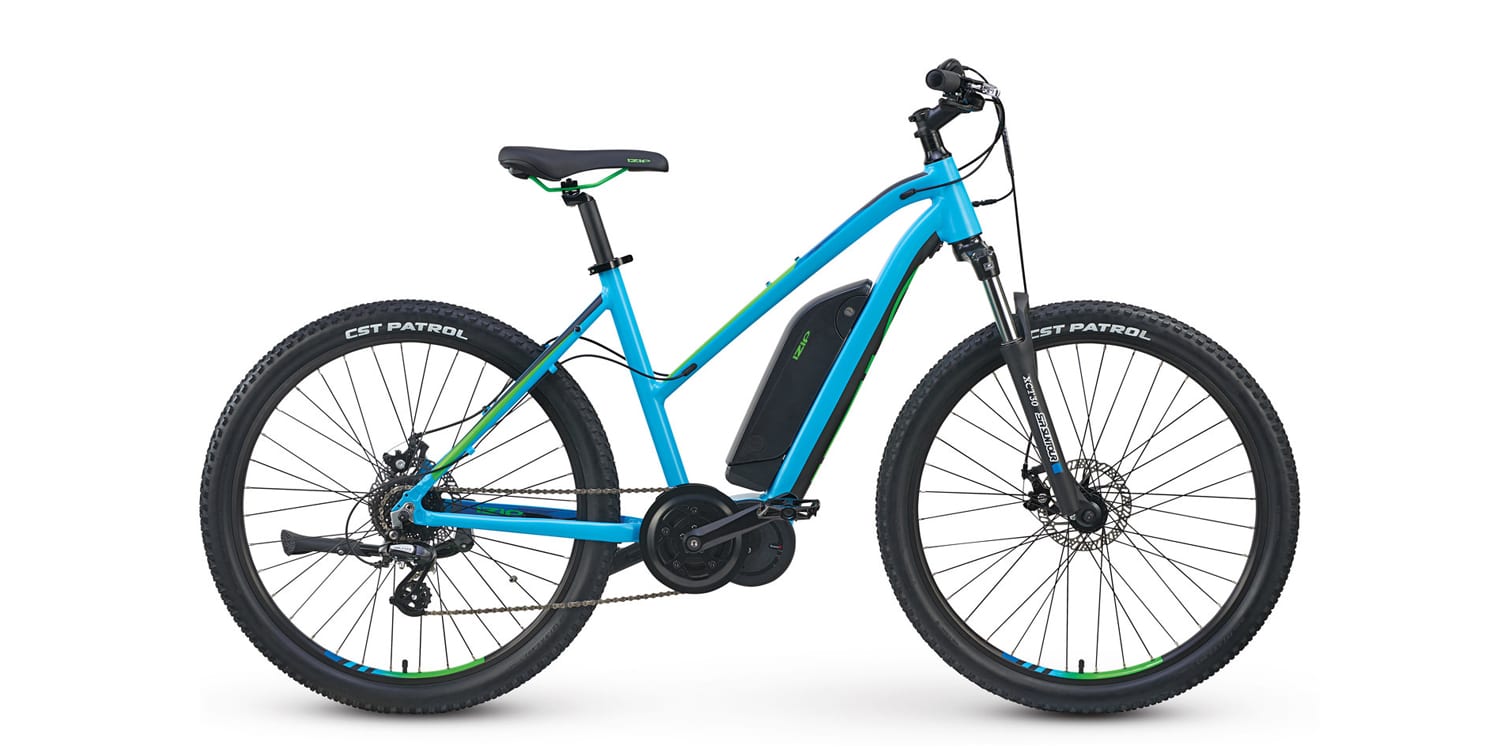
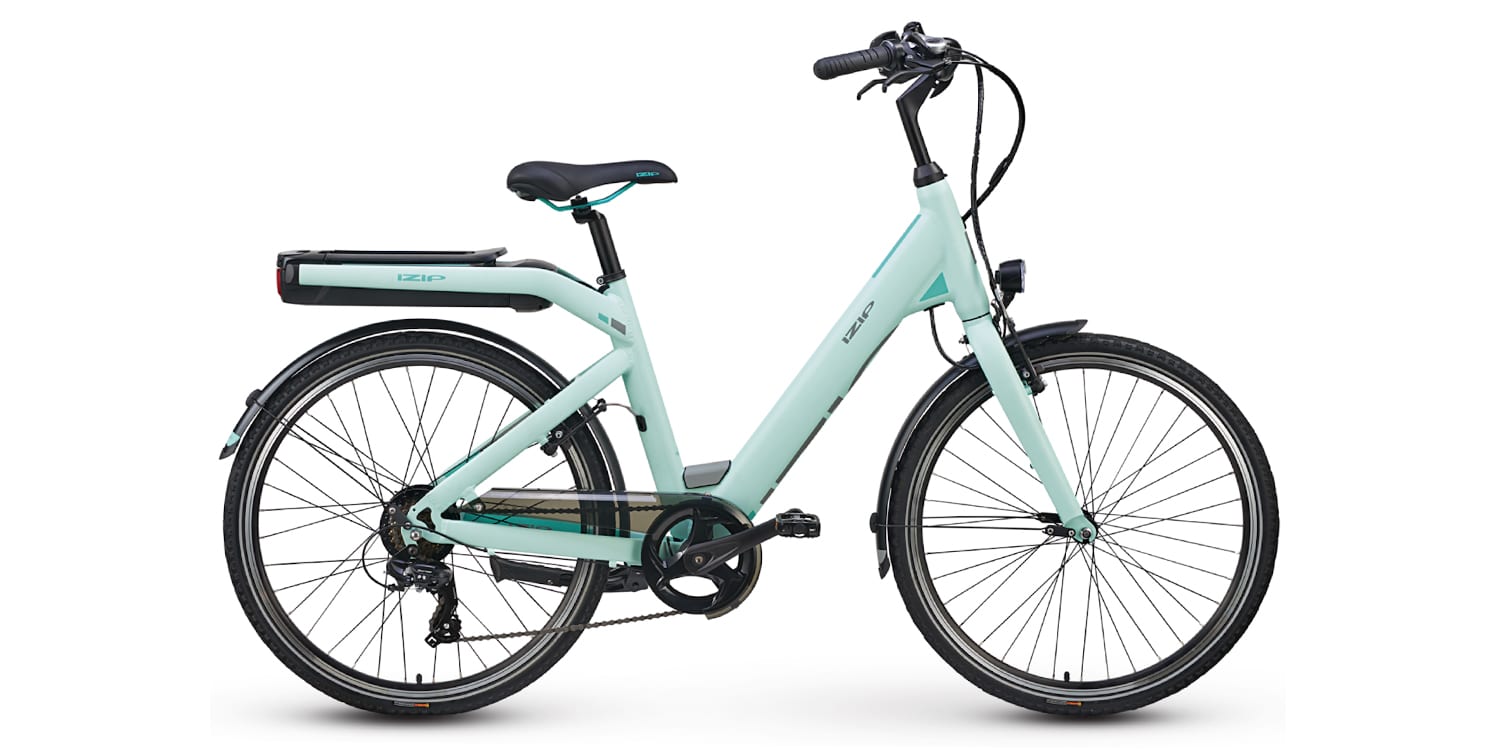
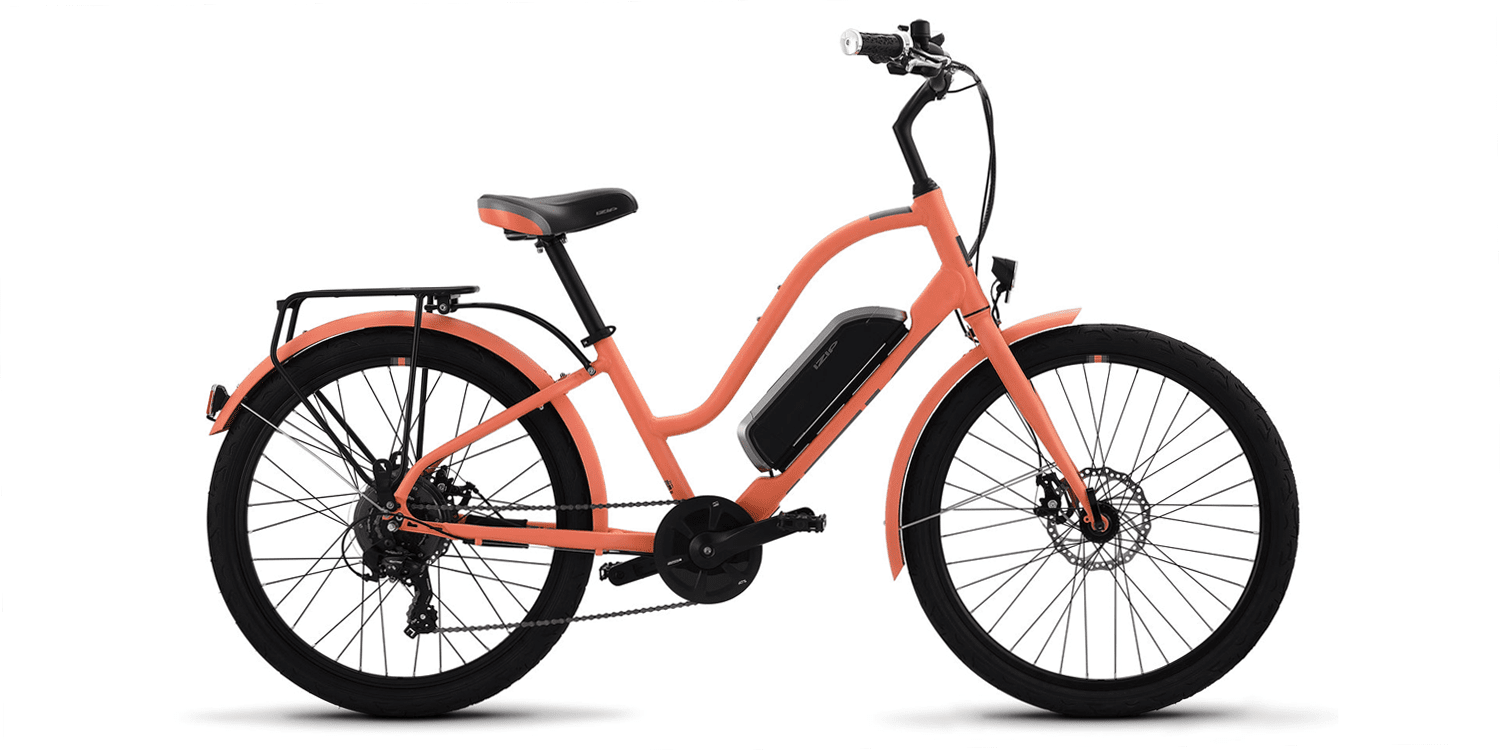
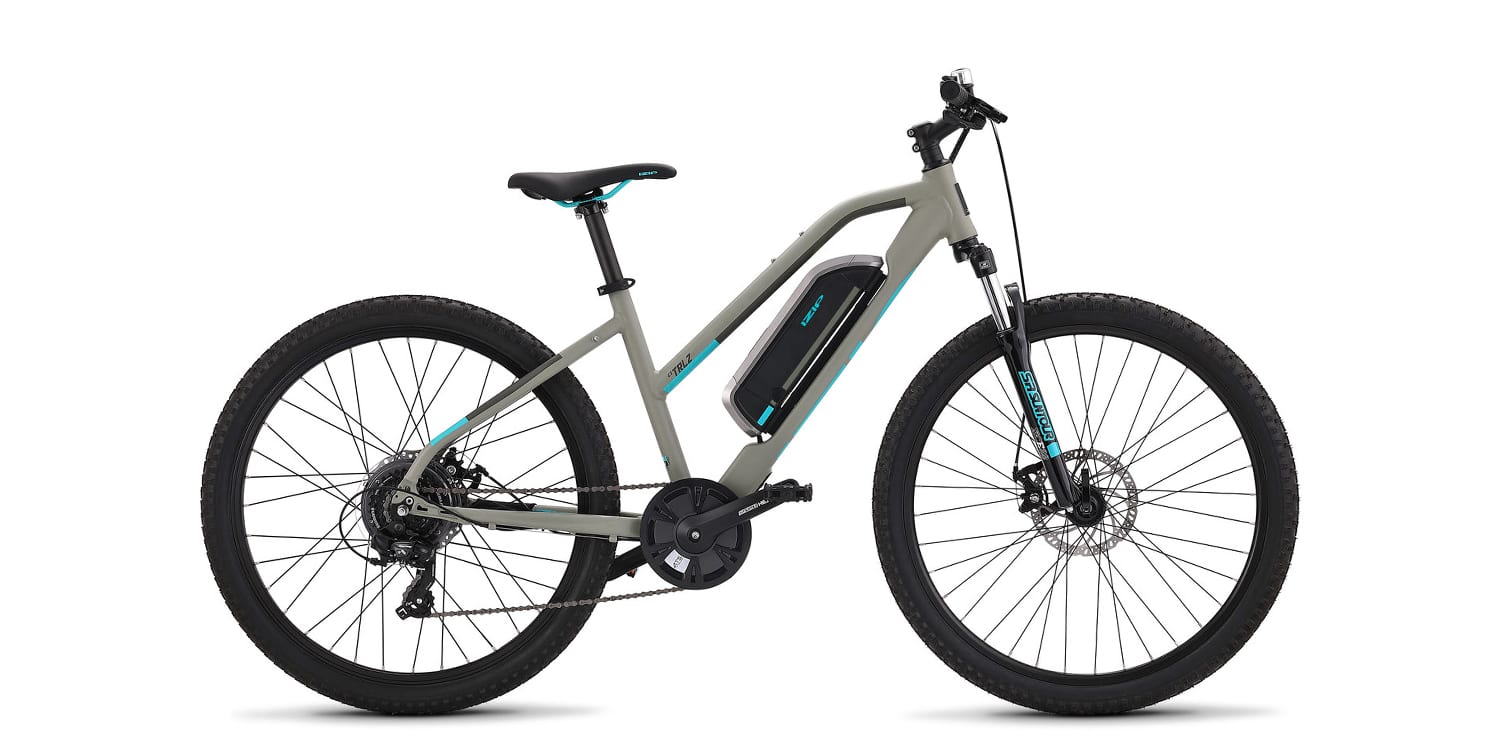

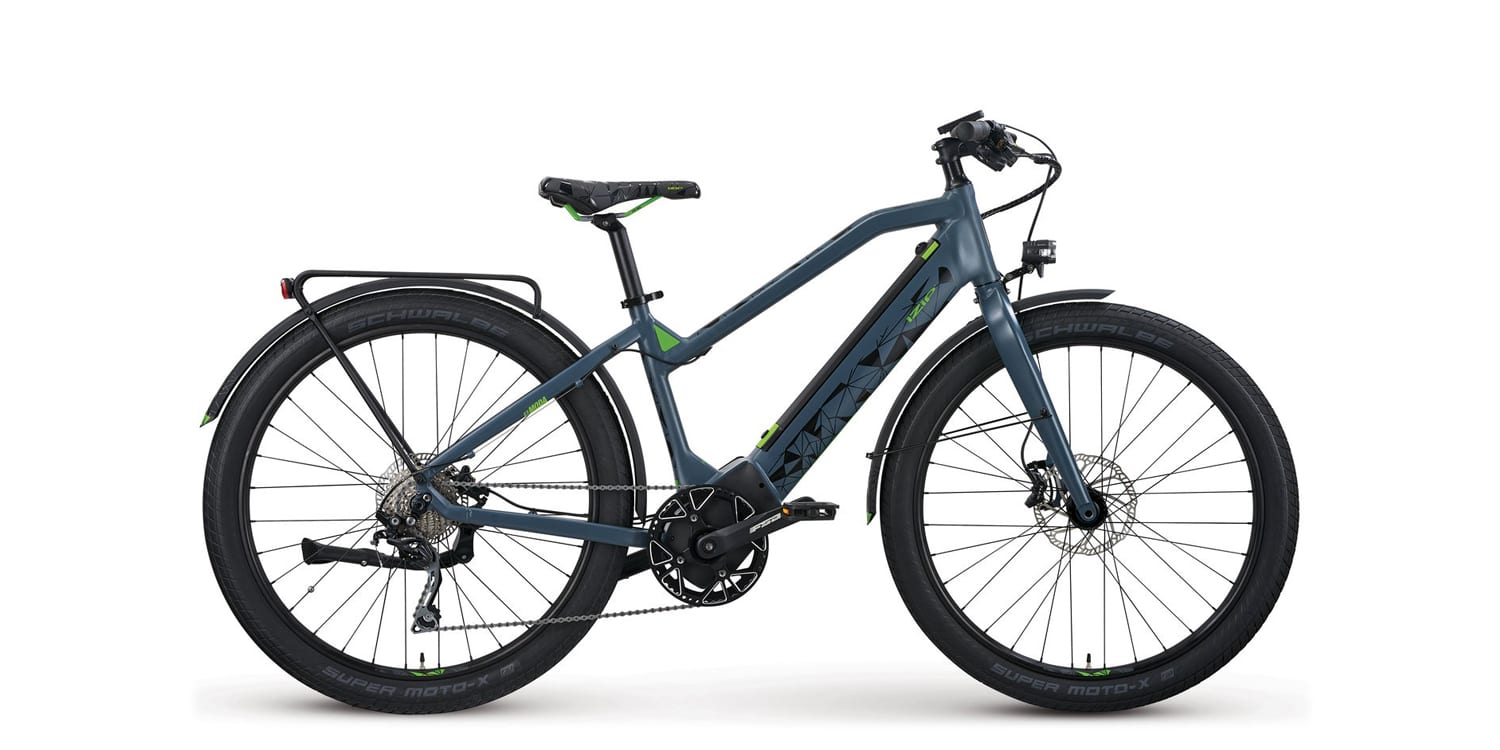
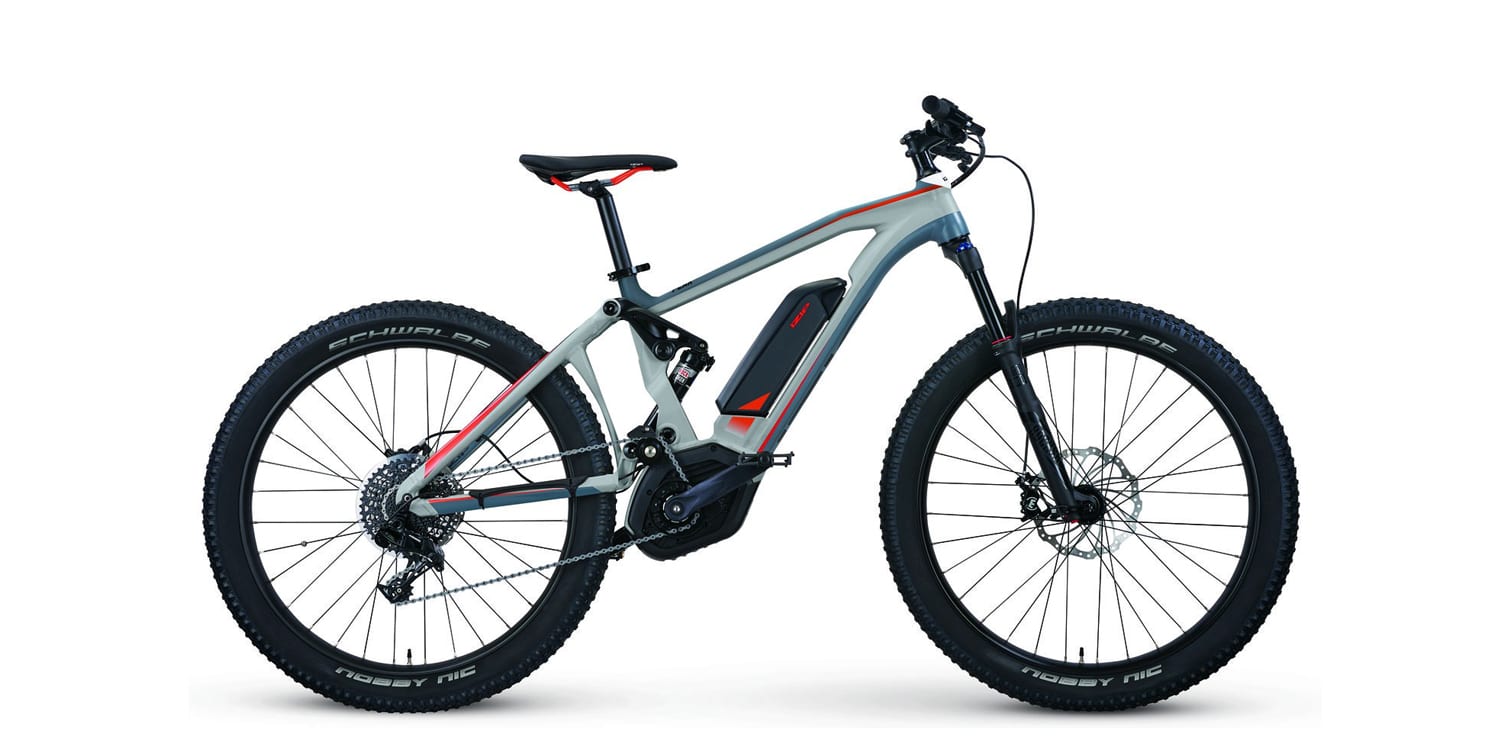
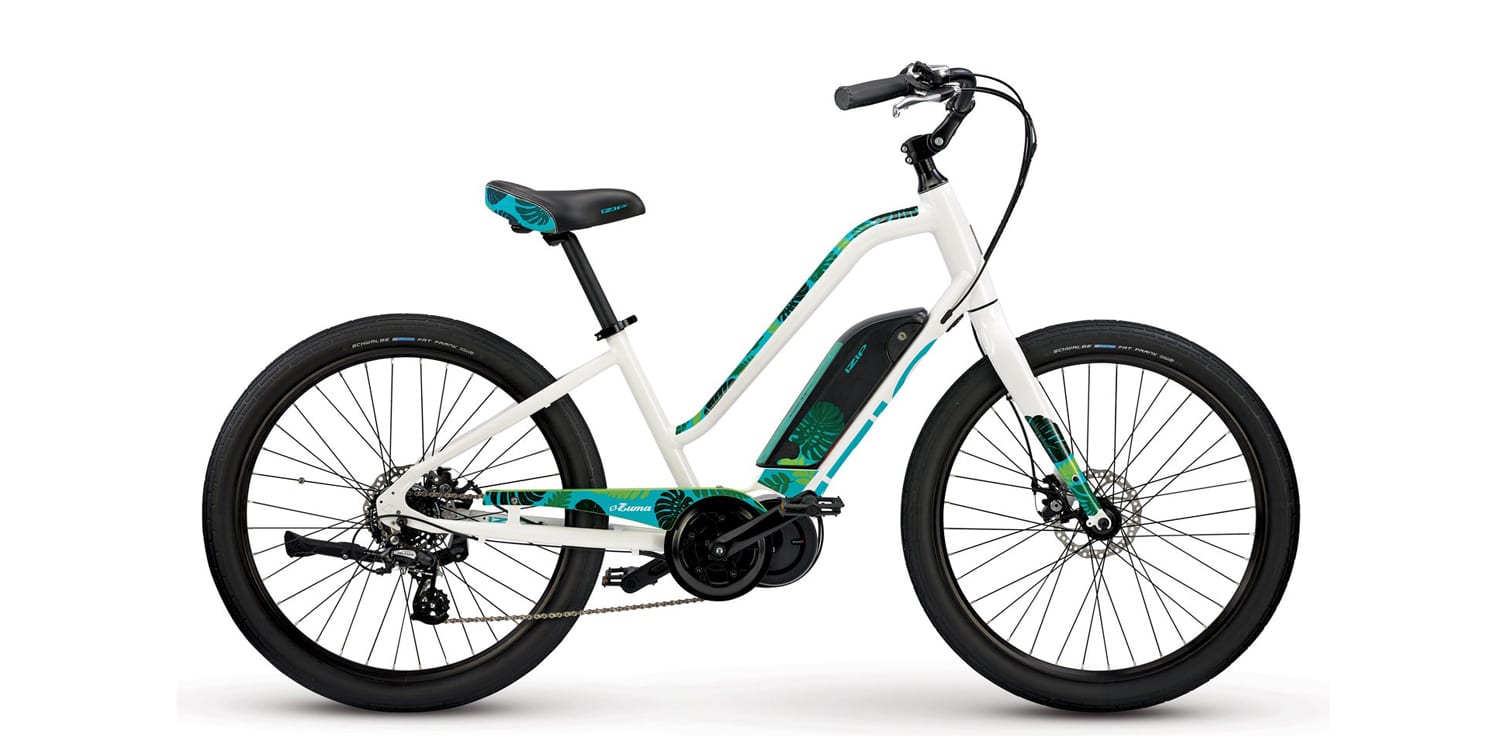
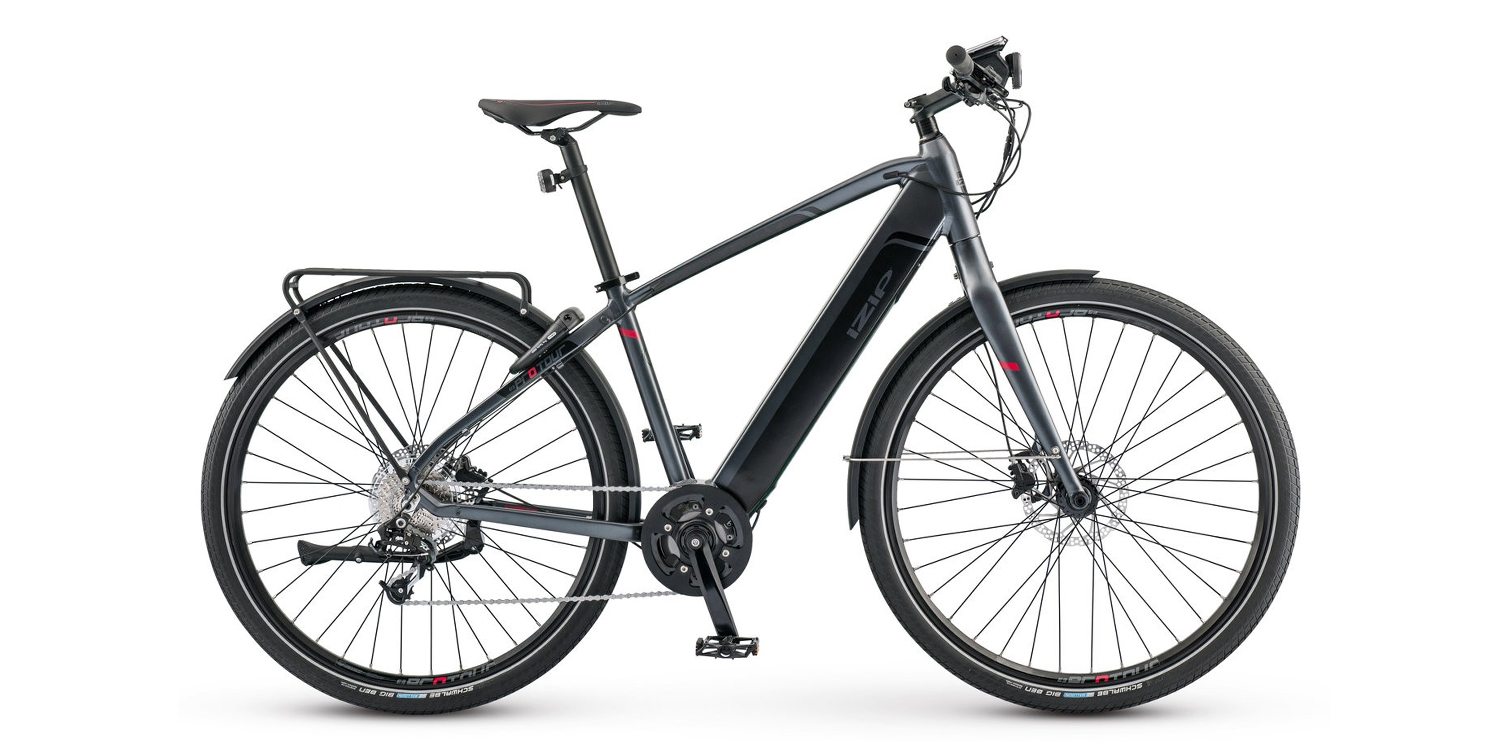
Jim Taylor says
So how would this bike compare with the Bull’s bike with the Bosch CX motor? Thanks
Court Rye says
Hi Jim! There are several full suspension options from Bulls including ones with the Bosch CX and others with the Brose motor. If the drive system is the same I’d say the big differences will be wheel size, suspension design, frame sizes and a bit of geometry along with the look and price. Unfortunately, I’m not expert enough to dive too much deeper into the details of one frame vs. another but I always consider weight and stand over height when I choose an ebike. I hope this helps a little! Feel free to ask in the forums for more advice too :)